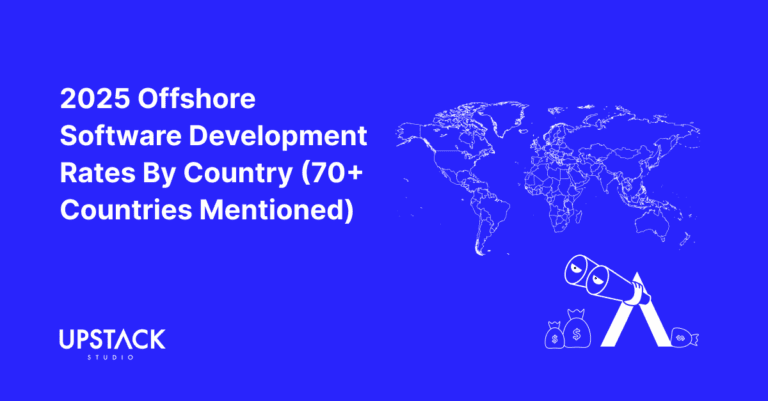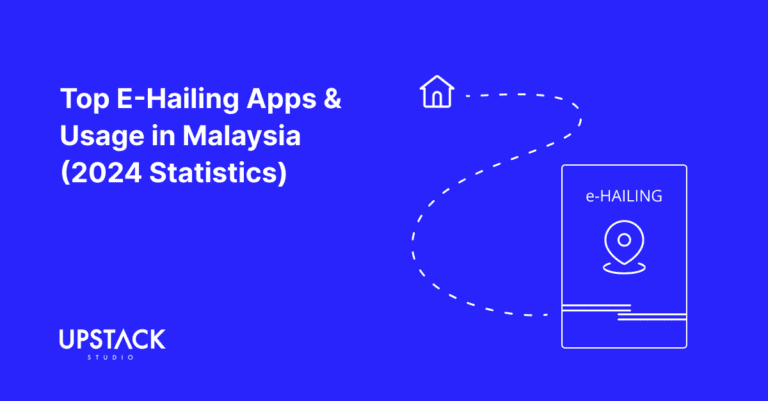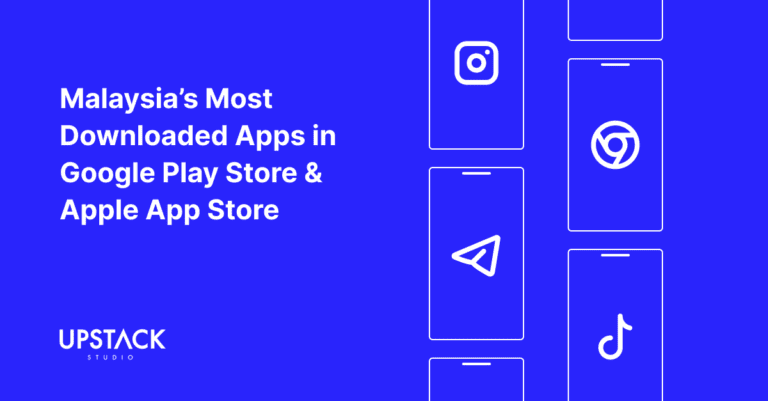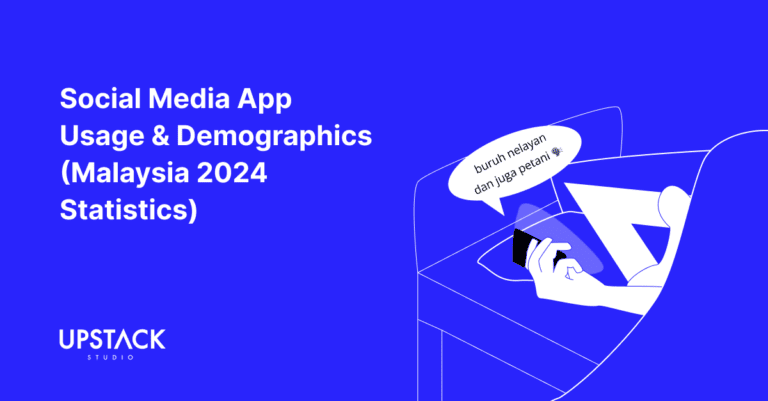The US mobile app market is set to grow at a compound annual growth rate (CAGR) of 14.0% from 2024 to 2030, making mobile app monetization crucial for app developers aiming to capture market share.
We strongly believe in learning from the best, and so analyzing the top-grossing apps on both the Apple Store and Google Play Store can offer valuable insights into the best strategies.

Below, we look at:
- Apps that are leading the charts on each platform
- Key monetization tactics driving success on iOS and Android respectively
Note: We’ve based our suggestions purely on apps with paid downloads and in-app purchases, but we’ve covered how free apps do have their own monetization methods so feel free to read that too!
Top-Grossing Apps on Apple App Store
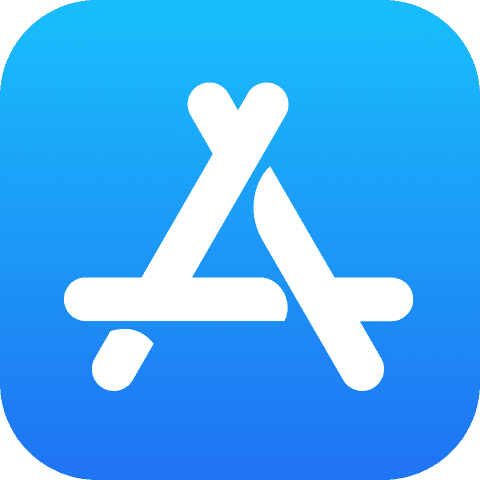
The following data comes from Sensor Tower, which updated their information for January 2025, showcasing the top-grossing apps on the Apple App Store in the US:
| App Name | App Category |
|---|---|
| TikTok | Social Media |
| MONOPOLY GO! | Casual Games |
| YouTube: Watch, Listen, Stream | Entertainment |
| Royal Match | Puzzle Games |
| Roblox | Adventure Games |
| Candy Crush Saga | Puzzle Games |
| Tinder: Dating App | Dating |
| Audible: Audio Entertainment | Audio & Books |
| MediaGlobal | Entertainment |
| Last Warrior | Action Games |
| RealShort-Short Movie & TV | Entertainment |
| Hinge: Dating App | Dating |
Monetization Strategies for Apple App Store
In-App Purchases (IAP)
TikTok, Roblox, Royal Match, Candy Crush Saga: A dominant monetization method across iOS apps is in-app purchases, which allow users to buy virtual goods, premium features, or enhancements within the app. Apps like TikTok and Roblox use this strategy to sell virtual coins, skins, and exclusive content, creating a continuous revenue stream.
Subscription Models
YouTube, Tinder, Audible, Hinge: Subscription services offer a steady income by charging users on a recurring basis.
Apps such as YouTube (YouTube Premium), Tinder (Tinder Plus), Audible (for audiobooks), and Hinge (premium dating features) benefit from this approach, offering exclusive content or an ad-free experience to users willing to pay for enhanced services.
Freemium Model
MONOPOLY GO! and Royal Match: These games often offer a freemium model where users can download the game for free but are encouraged to purchase in-game currency or items to advance faster.
The enticing gameplay, combined with timed events and exclusive offers, motivates players to make purchases.
Ad Revenue
TikTok: TikTok uses in-app advertisements as another monetization approach, integrating branded content, influencer promotions, and video ads.
The platform’s massive user base allows it to generate significant ad revenue from advertisers targeting highly engaged audiences.
Transactional Models
Last Warrior: Mobile games like Last Warrior often utilize a transactional monetization model, where users make one-time purchases for items or upgrades, such as weapons or characters.
Top-Grossing Apps on Google Play Store
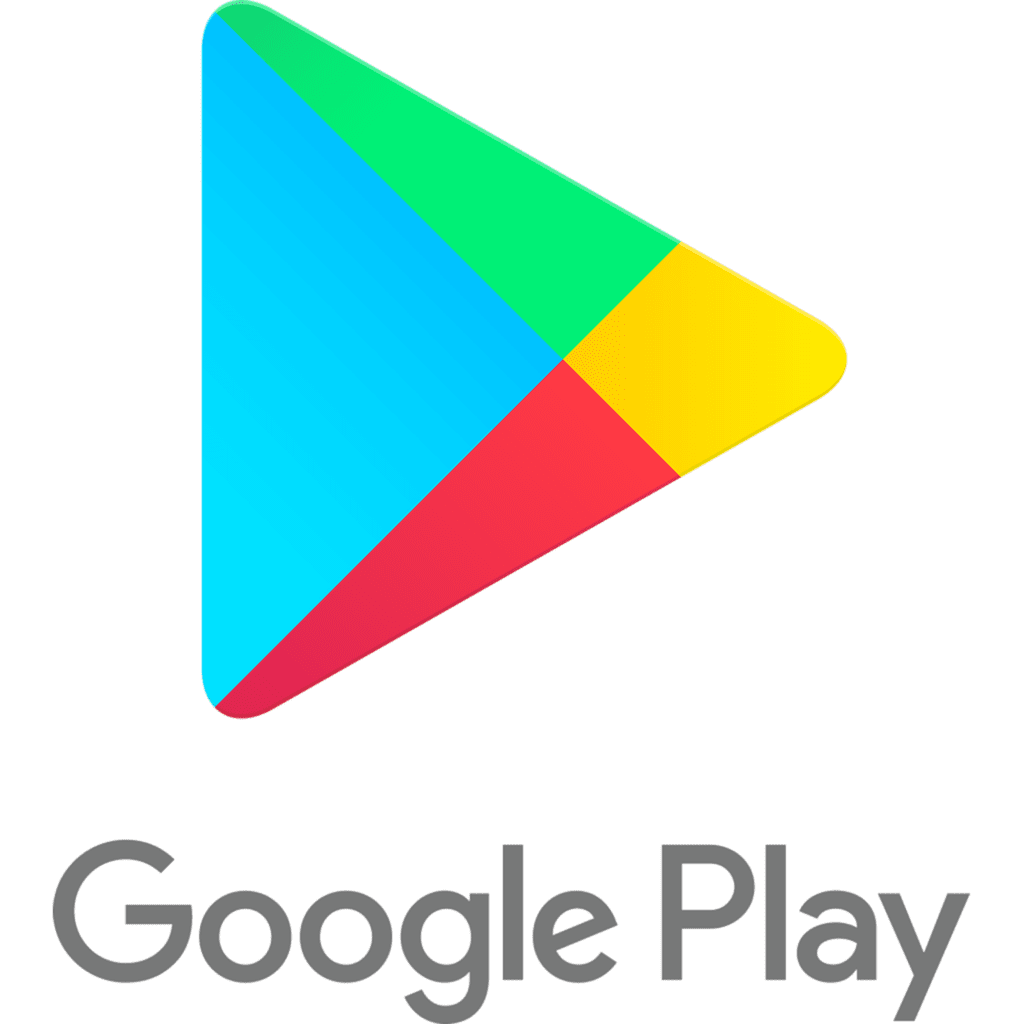
The following data, also from Sensor Tower’s January 2025 update, highlights the top-grossing apps on the Google Play Store in the US:
| App Name | App Category |
|---|---|
| Google One | Utilities |
| MONOPOLY GO! | Casual Games |
| TikTok | Social Media |
| Amazon Shopping | Shopping |
| Royal Match | Puzzle Games |
| Last War Survival Game | Action Games |
| Candy Crush Saga | Puzzle Games |
| Disney+ | Streaming Services |
| Roblox | Adventure Games |
| Coin Master | Casino Games |
| Max: Stream HBO, TV, & Movies | Streaming Services |
| Peacock TV: Stream TV & Movies | Streaming Services |
Monetization Strategies for Google Play Store
In-App Purchases (IAP)
TikTok, Roblox, Royal Match, Candy Crush Saga, Coin Master: The strategy of in-app purchases continues to dominate on Android. Just like on iOS, popular apps on Android, such as TikTok, Roblox, and Coin Master, offer users the ability to purchase in-game currency, virtual items, or premium features.
Subscription Models
Google One, Disney+, Max (HBO): Subscription services are a major revenue source on Android, where users can access premium content, cloud storage, or exclusive entertainment. Google One and streaming apps like Disney+ and Max offer various subscription plans that generate consistent revenue from loyal users.
Ad Revenue
TikTok, YouTube: Similar to iOS, TikTok and YouTube also monetize through advertisements on Android. TikTok relies on brand partnerships and short-form video ads, while YouTube generates revenue via both display and video ads, targeting users across its vast network.
Freemium and Pay-to-Play
MONOPOLY GO! and Royal Match: Games like MONOPOLY GO! and Royal Match rely on a freemium model, where the game is free to play, but users can purchase boosters or special abilities to speed up their progress. This method ensures that even non-paying users contribute to the app’s success through ad views or basic transactions.
Transactional and Microtransactions
Amazon Shopping, Coin Master: Apps like Amazon Shopping use a combination of affiliate marketing and transactional fees, where the platform earns a commission on each sale. Similarly, Coin Master monetizes through microtransactions where players buy in-game spins, card packs, and other virtual items.
Monetization on iOS vs Android
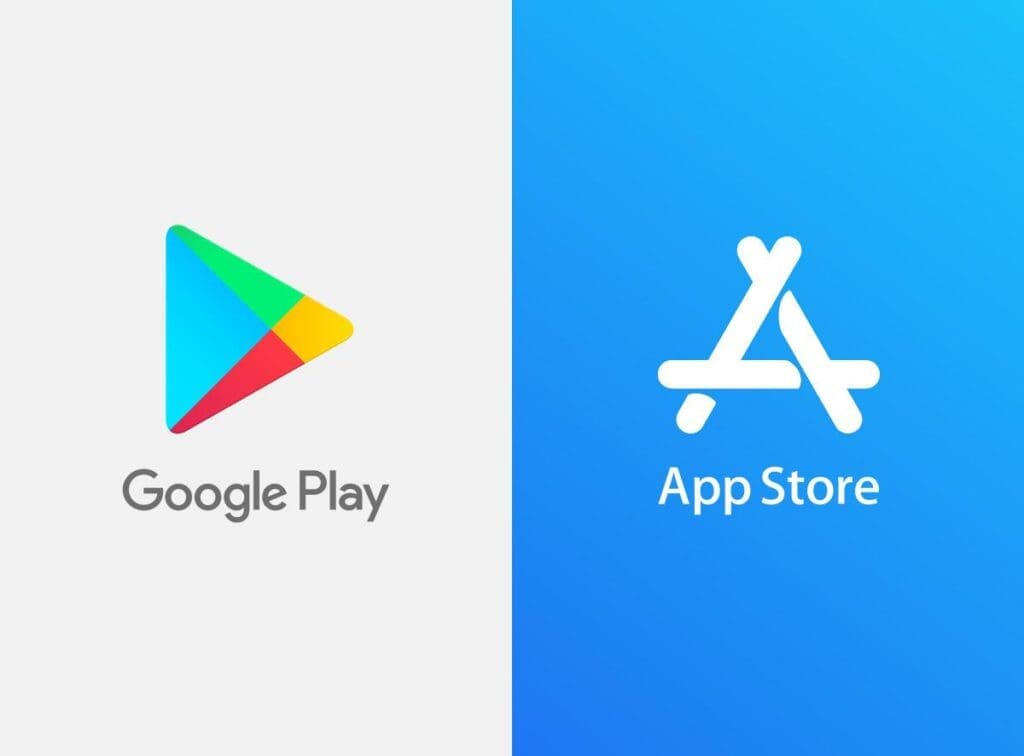
It kind of looks like the same monetization strategies apply to both platforms, but there are differences, such as:
In-App Purchases
Both platforms rely heavily on in-app purchases, but iOS apps tend to generate more revenue through premium virtual goods, whereas Android apps also leverage freemium models and microtransactions effectively.
Subscription Models
While both platforms benefit from subscription-based services, Google Play Store seems to focus more on services like Google One and streaming platforms such as Disney+ and Max, which have extensive subscription plans, while Apple’s App Store includes services like Tinder and Audible, targeting niche markets.
Ad Revenue
Both platforms utilize ads as a form of monetization, with TikTok leading the charge in social and entertainment-based advertising. YouTube and TikTok both employ a similar ad-based approach on each platform but with slight differences in ad formats and user engagement strategies.
Best Strategies Are Niche-Specific
A mobile app monetization strategy, and by extension marketing strategy, is often category-specific–what works for a gaming app may not necessarily apply to a productivity app.

To craft a winning strategy, it’s essential to analyze what’s working in your target category.
Use Sensor Tower or other app analytics platforms to filter apps by category and see what the top earners in a particular space are doing to make their millions for actionable insights tailored to your app’s niche.
If you’re looking to build a mobile application, check out our portfolio of past projects and contact us if you like what you see. Also, consider joining our mailing list for a one-stop resource on everything from micro-SaaS validation all the way to execution and promotion. Get a nifty list of questions to ask app developers when you sign up!
App Developer Interview Questions Template
Download this template now so you know exactly what to ask App Development Agencies! Let us know where should we send it through the form below.

